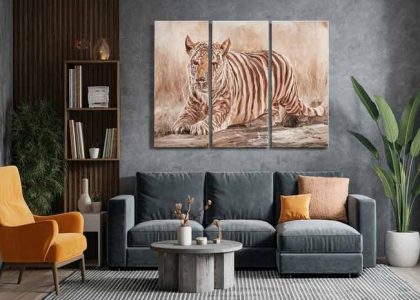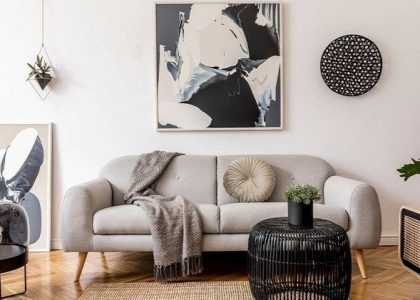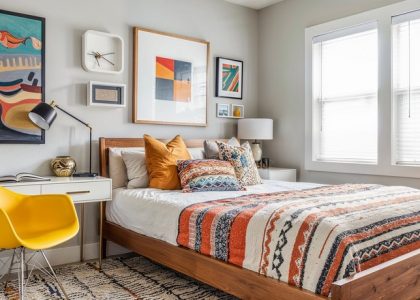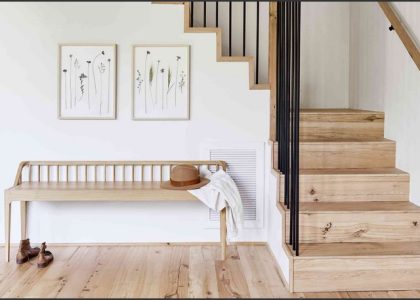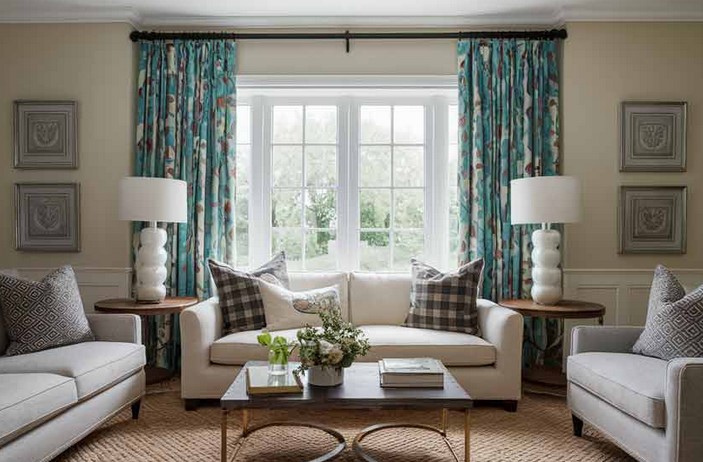
When it comes to window treatments, curtains often take center stage. However, the right curtain rod can make just as much of an impact as the fabric itself. Decorative Curtain Rods to Elevate Your Window Treatments are not just functional hardware; they serve as design statements that contribute to the overall style, cohesion, and elegance of a room. By carefully selecting a curtain rod that complements both your curtains and your interior aesthetic, you can enhance the visual appeal of your space while ensuring practical support for your window coverings.
Understanding the Importance of Curtain Rod Design
Function Meets Form
Curtain rods have evolved far beyond basic metal bars meant solely to hold up fabric. Today’s decorative curtain rods are crafted with attention to detail, artistic flair, and thoughtful finishes. They come in a variety of materials, diameters, and designs—ranging from ornate scrollwork to minimalist brushed metals—each tailored to specific interior styles.
A well-chosen decorative rod can:
- Frame the window visually and provide balance.
- Highlight architectural features of the room.
- Introduce texture and material contrast (e.g., wrought iron against soft linens).
- Add sophistication or subtle elegance depending on the design.
In more traditional interiors, curtain rods with elaborate finials (the decorative end caps) in bronze, gold, or carved wood add a sense of grandeur. In contrast, contemporary rooms often benefit from sleek, streamlined rods in matte black, chrome, or nickel that provide structure without distraction.
Additionally, the type of rod—single, double, traverse, or tension—can influence both functionality and aesthetic. Double rods allow for layering sheer and blackout curtains, enhancing both light control and design versatility. Traverse rods, often used with pleated drapery, offer a classic and formal appearance while providing smooth operation.
Choosing the Right Decorative Rod for Your Space
Matching Style, Scale, and Finish
Selecting the perfect curtain rod involves more than just matching colors. It requires attention to scale, proportion, and material to ensure that the rod enhances rather than detracts from the overall decor.
1. Consider the Room’s Style:
Start by identifying the dominant design elements in your space. Are they rustic, modern, industrial, or eclectic? Use the room’s existing metal finishes (on door handles, light fixtures, furniture accents) as a guide. A farmhouse-style room might call for distressed wood rods with iron brackets, while an urban loft may pair better with matte black rods and geometric finials.
2. Choose the Right Diameter:
Curtain rod thickness matters. Thin rods (5/8 inch or less) may look appropriate for lightweight curtains or small windows, but they can appear underwhelming on large or wide frames. Heavier drapes and bold window treatments require rods that are at least 1 to 1.5 inches in diameter to maintain balance and avoid bowing.
3. Evaluate Length and Mounting Type:
Decorative rods should extend beyond the width of the window frame—typically 3 to 6 inches on each side—to allow curtains to be pulled fully open. This not only maximizes natural light but also creates the illusion of wider windows. Adjustable rods are useful for flexibility, but fixed-length rods can provide a cleaner look.
Mounting brackets and hardware should also align with your window frame and wall material. Wall-mounted rods are most common, but ceiling mounts can add drama or accommodate limited wall space. Some rods feature hidden mounting systems that contribute to a more seamless look.
4. Finial Selection:
Finials are the crown jewels of curtain rods. From classic ball and acorn shapes to crystal, ceramic, or leaf motifs, these end caps can set the tone for your window treatment. They can be subtle or statement-making, whimsical or refined. Consider scale and symmetry when choosing finials—large rooms can handle bold, oversized ends, while smaller spaces benefit from simpler forms.
Enhancing Functionality with Style
Combining Beauty with Practicality
While the primary purpose of curtain rods is to support your drapes, modern decorative options also enhance usability. Features such as telescoping rods, adjustable brackets, and compatibility with curtain rings or grommets make them versatile and user-friendly.
Here are a few practical tips:
- For frequently used windows, opt for rods with smooth-glide technology or ball-bearing carriers, which make drawing curtains easier and prevent wear and tear.
- If you’re installing over wide or double windows, consider center support brackets to prevent sagging and maintain alignment.
- Choose rod materials based on weight and humidity exposure. Steel and aluminum are durable and moisture-resistant—great for kitchens or bathrooms—while wood may be better suited to bedrooms and living rooms.
Another creative way to use decorative rods is to repurpose them as accent pieces. Use them to hang tapestries, frame mirrors, or divide open spaces with fabric panels. Their architectural lines can help draw the eye upward, making ceilings appear higher and spaces more open.
Additionally, homeowners are increasingly incorporating motorized or smart rods that integrate with home automation systems. These tech-forward designs can retain a decorative appearance while allowing remote or scheduled curtain operation—an ideal fusion of form and function for the modern home.
Incorporating Decorative Curtain Rods to Elevate Your Window Treatments is a subtle yet highly effective way to enhance your interior design. These rods go beyond mere functionality, serving as curated extensions of your personal style and the architectural tone of your space. With countless styles, materials, and configurations to choose from, they allow for full customization and creativity while delivering everyday practicality. From sleek and modern to ornate and traditional, decorative curtain rods are the finishing touch that ties your window treatments—and your entire room—together with polish and purpose.

